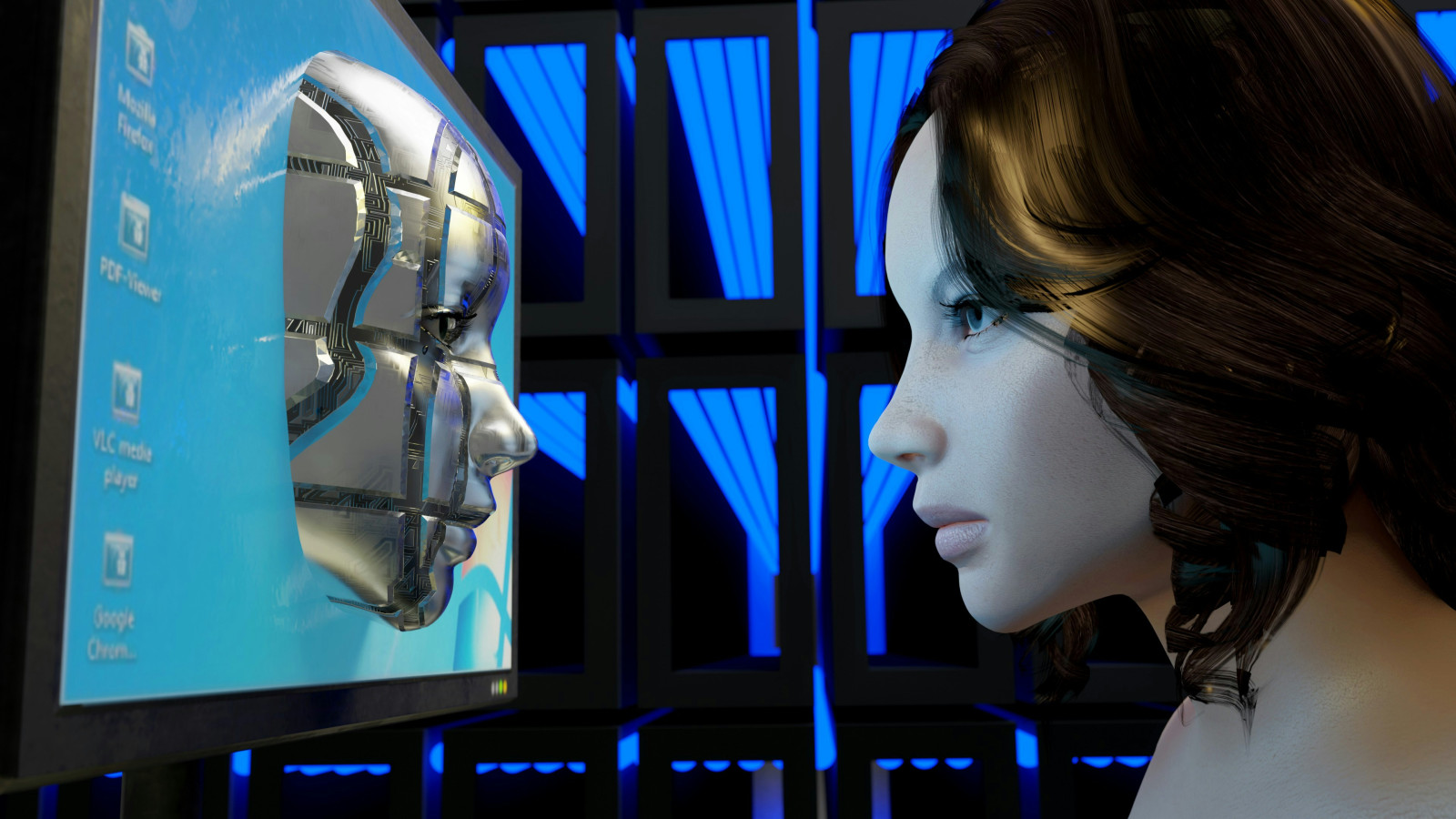Why Sora is the Manhattan Project for video

Photo: Andres Siimon

On March 10, 2024, OpenAI, the Californian Tech start up behind AI generator ChatGPT, released several eye-catching demos of videos created by Sora, its new video AI-generator tool. Described as a text-prompt video generator, Sora creates video from user inputted text prompts. The output is exceptional (allowing for established AI quirks, such as missing fingers on AI-generated representations of people). From vivid portraits to cinematic trailers, the admittedly curated examples of what Sora can already do presages a near-future where AI generated content is indistinguishable from current TV and film output. And this future is much closer than many think, with animation the first likely format to be impacted; some predict a Toy Story-level animation entirely created by AI to be generated and potentially in market within 12 months…let that sink in for a moment: a multi-million dollar production with a year-plus lead time involving multiple teams of well-paid professionals can potentially be replicated through one app within 12 months.
Sora is ground zero for the future of TV streaming
The vast cost savings of AI video generation means it is a question of when, and not if, the technology is used to create TV content. The comparison with the Manhattan project, which led to the development of the first nuclear bomb, is about the second- and third-order impacts of unleashing this technology onto consumers. Firstly, high-quality content will proliferate, saturating markets and expanding the productive capacity of video creators. Secondly, the intellectual property moats that are currently protecting film and TV studios will be undermined by repeated micro transgressions of almost, but not quite, copy-right infringements, which will avoid law suits by focusing on genre and story-arc replication of direct plagiarism. Thirdly, directors, producers and actors will all be undercut by cheaper AI-generated alternatives.
Featured Report
MIDiA Research 2025–2031 music creator tools forecasts AI comes to town
This music creator tools forecasts report acts as a companion piece to MIDiA’s report “State of music creator economy: AI’s growing reach ” . This report provides analysis, market sizing, and forecasts...
Find out more…An NPT for AI video?
Once the first atom bomb was dropped, there was no going back to a pre-nuclear age. The same applies for AI-generated video. What stopped a subsequent nuclear armageddon was the decision taken by the leading nuclear-armed powers to create and enforce a nuclear non-proliferation treaty (NPT), freezing the new status quo and stabilising a disrupted geo-political landscape. The media majors now find themselves at the same cross-roads: do nothing and they lose control of the premium content market and associated IP; do something and they create a foundation for a brittle, yet potentially durable, AI modus operandi. The current ongoing legal dispute between OpenAI and the New York Times provides a glimpse of how the AI NPT could play out through an out-of-court settlement, which places a licensing framework for future, rather than past, use of IP. Get this right and the studios secure a new lucrative revenue stream while gaining leverage over the AI companies product roadmap. Effectively, the media majors can seek to replicate the Microsoft Open AI investment / distribution partnership, which then shuts down the open source framework and incentivises the AI companies to create commercial frameworks to sustain the IP businesses training their models.
The future is never certain, yet history teaches that tech disruption cannot be undone. The challenge for TV and film is to harness that disruption to their sustainable advantage.

The discussion around this post has not yet got started, be the first to add an opinion.